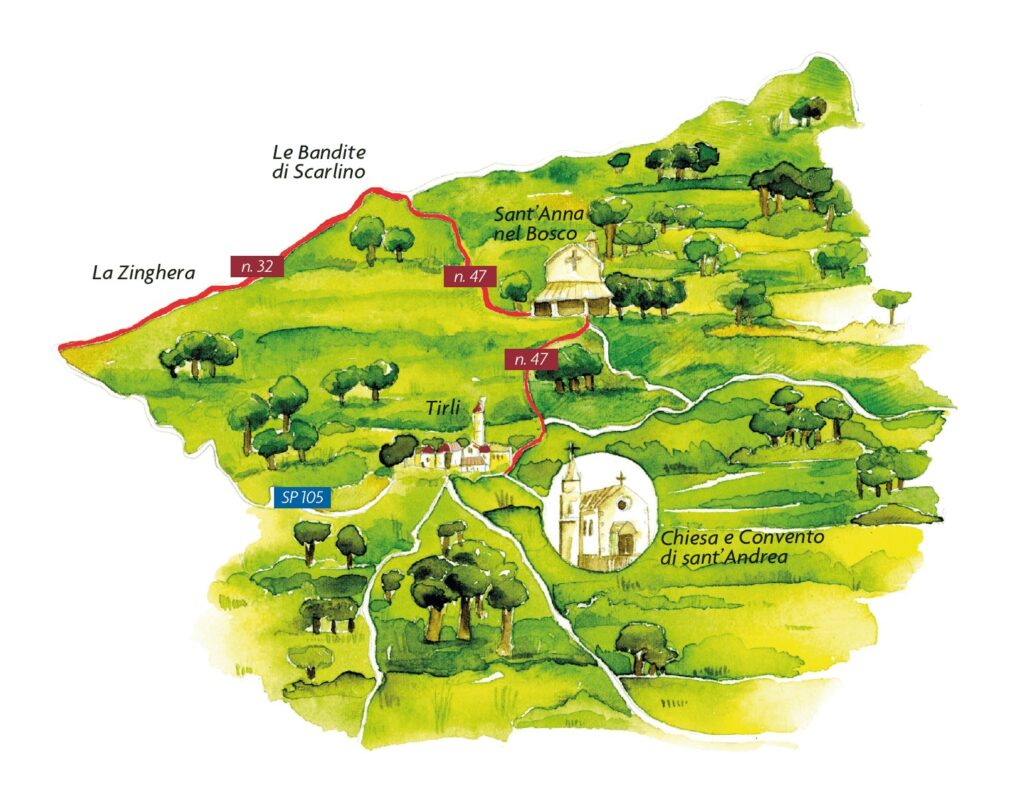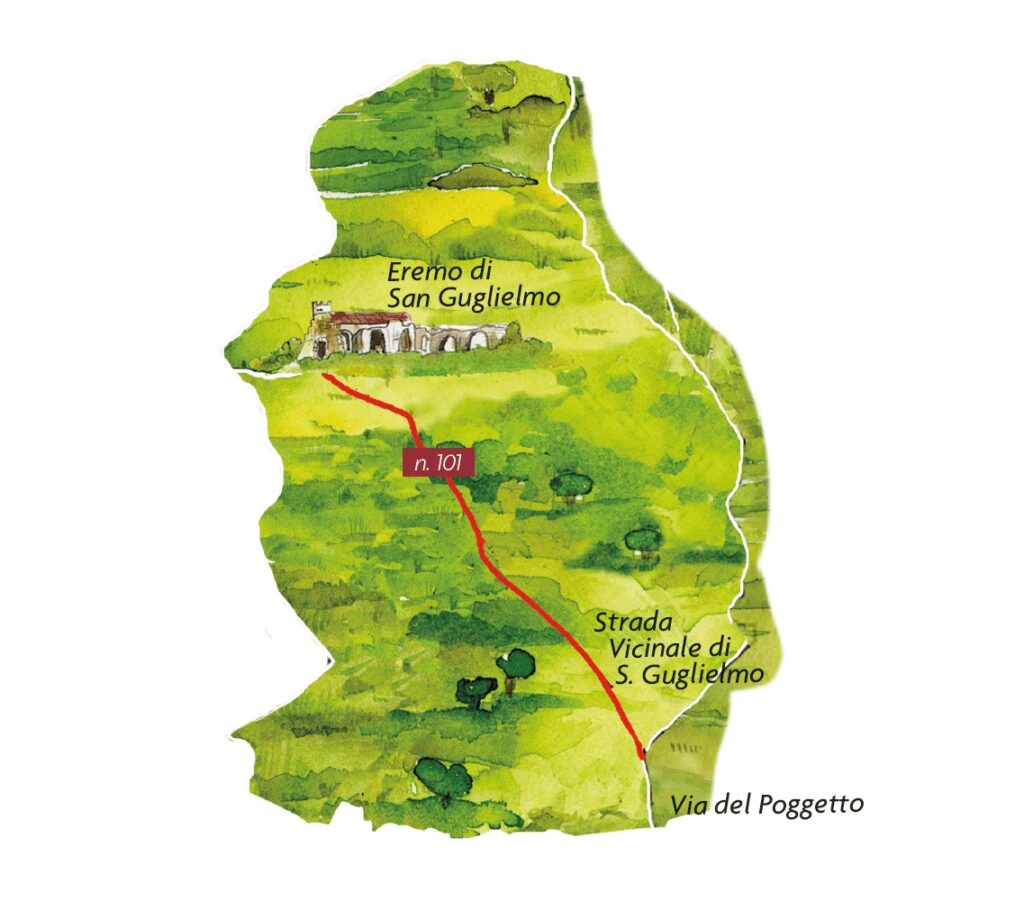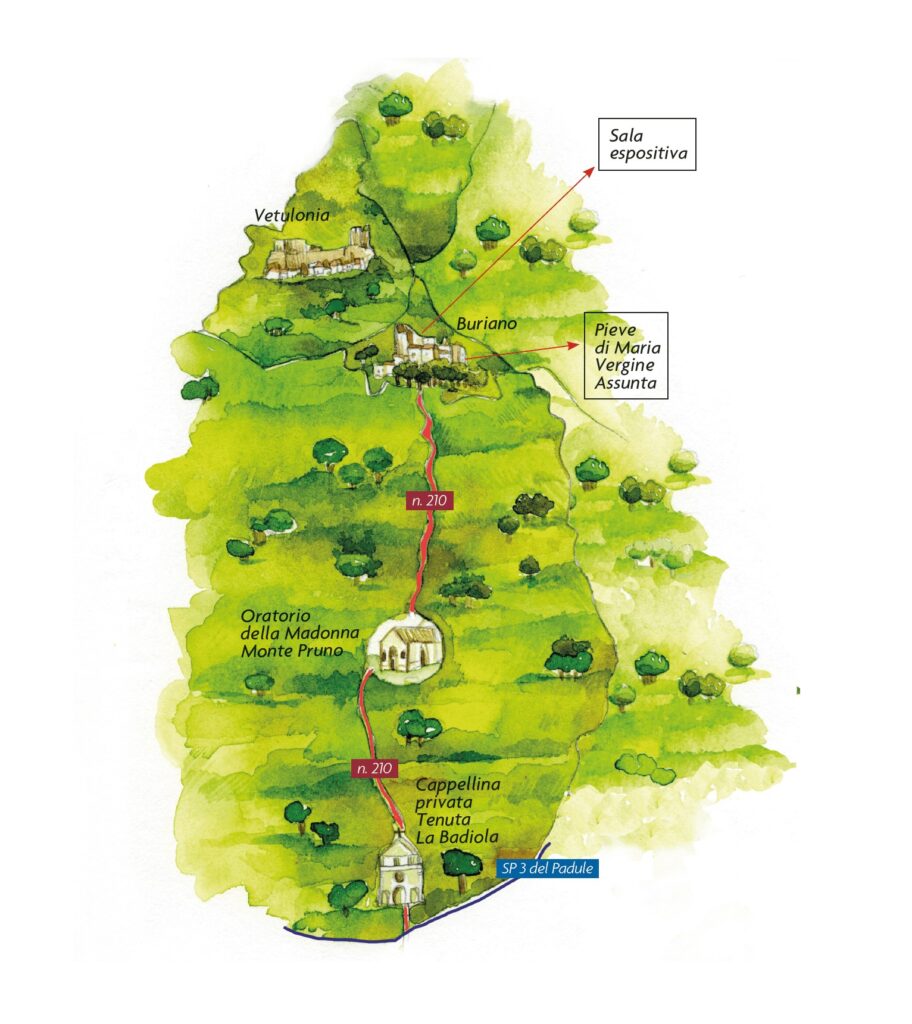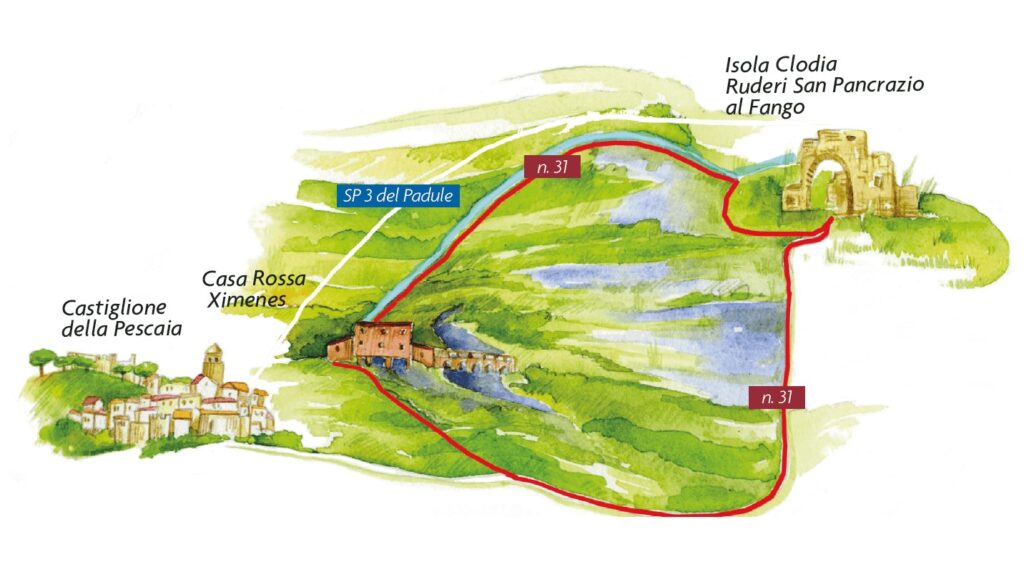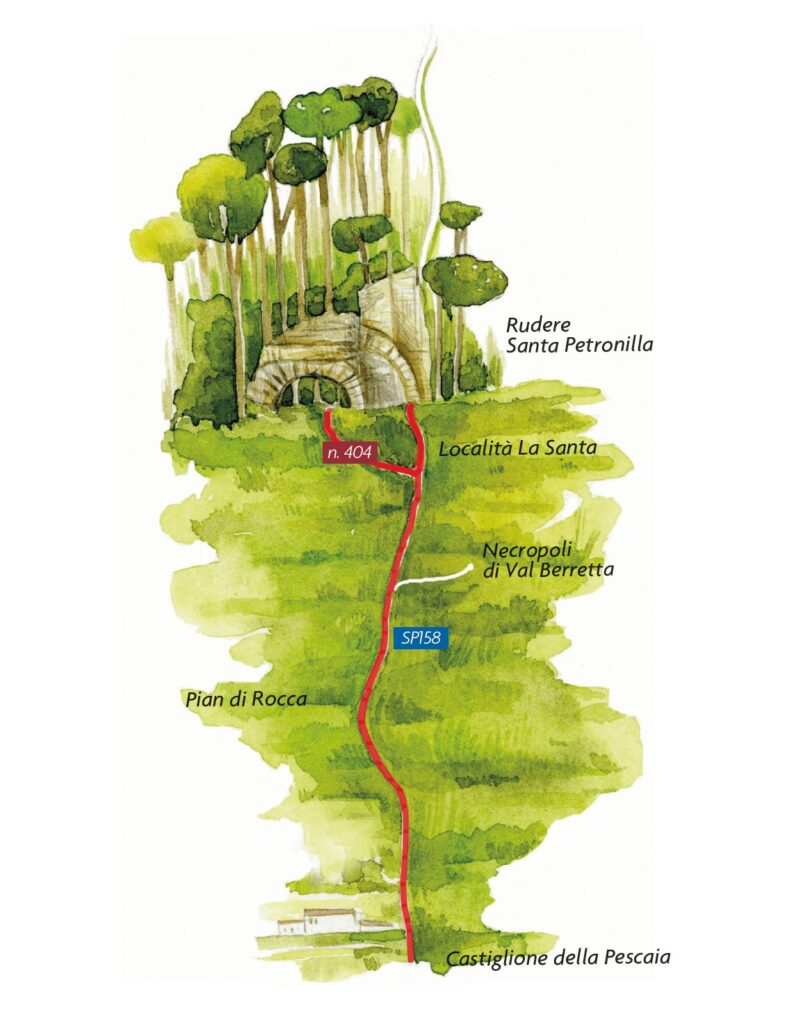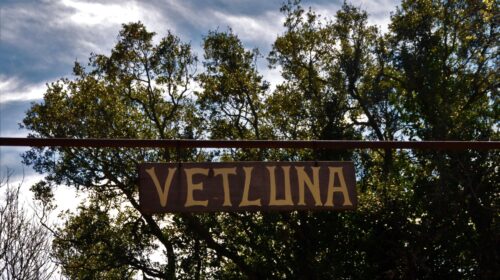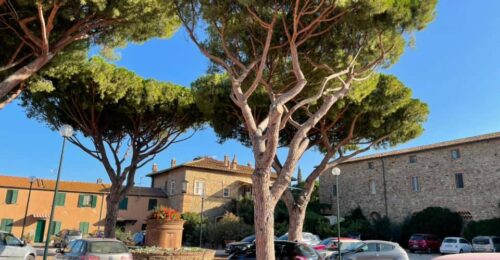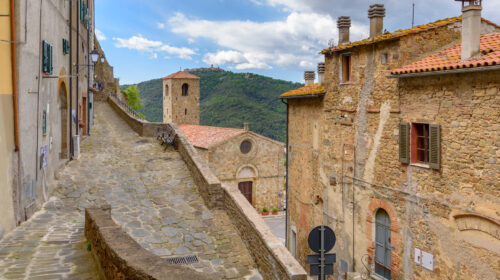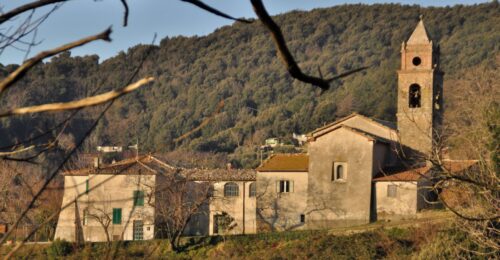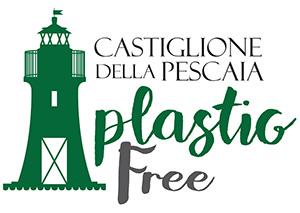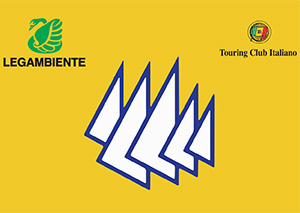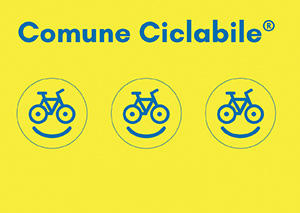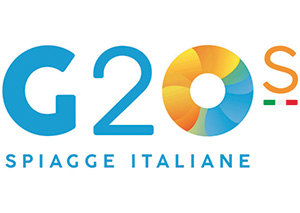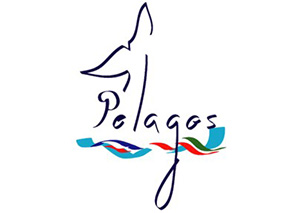Official tourism site of the municipality of Castiglione della Pescaia
Religious trails of Saints
In the Municipality of Castiglione della Pescaia there are some routes that can be described, for the sake of simplicity, as religious trails of saints who made a significant impact on worship in these places. These are therefore trails that lead to the places where these Champions of the Faith lived, with an invitation to pause in front of works of art linked to the history of these lands and the miracles that occurred in them.
These places are often visited just for the natural beauty of the landscape, aside from the historical aspect, memory, ancient customs and legends, which made this municipality one of the most important spiritual centres in the birth and spread of the Guglielmite movement to the rest of the world. Devotion to St. Guglielmo grew until it was approved by Innocent III in 1202 and with dedication to the saint, the foundations of his followers increased, extending first in Tuscany, then to Lazio and crossing the Alps under the name of Order of St. Guglielmo as early as 1244.
Four trails are indicated, for four different saints. The division is purely for the purpose of simplicity, in order to provide simple and immediate information.
We thus find a path that starts from the Bandite di Scarlino area and goes as far as Tirli, which puts the traveller on the trail of the venerable Father Giovanni da San Guglielmo, also known as the Apostle of the Maremma, a historical figure who belonged to the Augustinian Order and lived from the mid-16th to the start of the 17th century. His moral integrity inspired an extraordinary following, not only in Castiglione della Pescaia or Maremma, but throughout Tuscany and beyond.
The trail that commemorates him winds through the woods belonging to Bandite di Scarlino until it reaches the small village of Tirli, in the municipality of Castiglione della Pescaia, where he built the Augustinian convent of Sant’Andrea.
An itinerary has been created, starting from Castiglione della Pescaia, to retrace the history and life of Saint Guglielmo of Maleval.
The first section therefore includes a visit to the Malavalle Hermitage. A second route then leads to the oratory dedicated to the miracle of the apparition of the Blessed Virgin to St. Guglielmo, which can be reached from Buriano or, with permission, by passing through the Badiola private estate, thus visiting, by prior arrangement, the small private chapel with the beautiful seventeenth-century painting of the Miracle of the Blessed Virgin, who appears to St. Guglielmo and saints.
The third section of this same route leads to the small village of Buriano, where you can visit the parish church and the works it contains connected to the cult of Saint Guglielmo of Maleval; included in this visit, by prior arrangement only, there is a small exhibition room with works of local sacred art, where, among the numerous liturgical furnishings, a precious silver reliquary containing the saint’s relics is exhibited.
The third itinerary leads to the Diaccia Botrona Regional Nature Reserve, thus including both a naturalistic aspect, linked to the flora and fauna of the protected wetland, and a historical, cultural and religious aspect. Passing through this park you reach Clodia Island, where there are the ruins of the ancient monastery of Pancrazio al Fango, connected with the legend of Blessed Libertesca. This saint, perhaps still little known, is now buried in Buriano, where an altar and painting dedicated to her date back to the 17th century.
The fourth and final route indicated, passes through the medieval village of Castiglione della Pescaia and includes the three churches in the village. The church dedicated to St. John the Baptist preserves other relics of St. Guglielmo and a beautiful painting, probably an ex voto, depicting the Madonna with Child, St. Guglielmo and St. Petronilla. The latter, also a patroness of the town and protector of the village and its people, was greatly venerated in this land.
To discover the story of Saint Petronilla, the traveller is invited to pass through Pian di Rocca, which is a few kilometres from Castiglione della Pescaia, to learn the history of the monastic complex located in the Boschi delle Bandite (Bandits’ Woods) northwest of Pian di Rocca, in the La Santa area.
Drawings by Cinzia Bardelli

